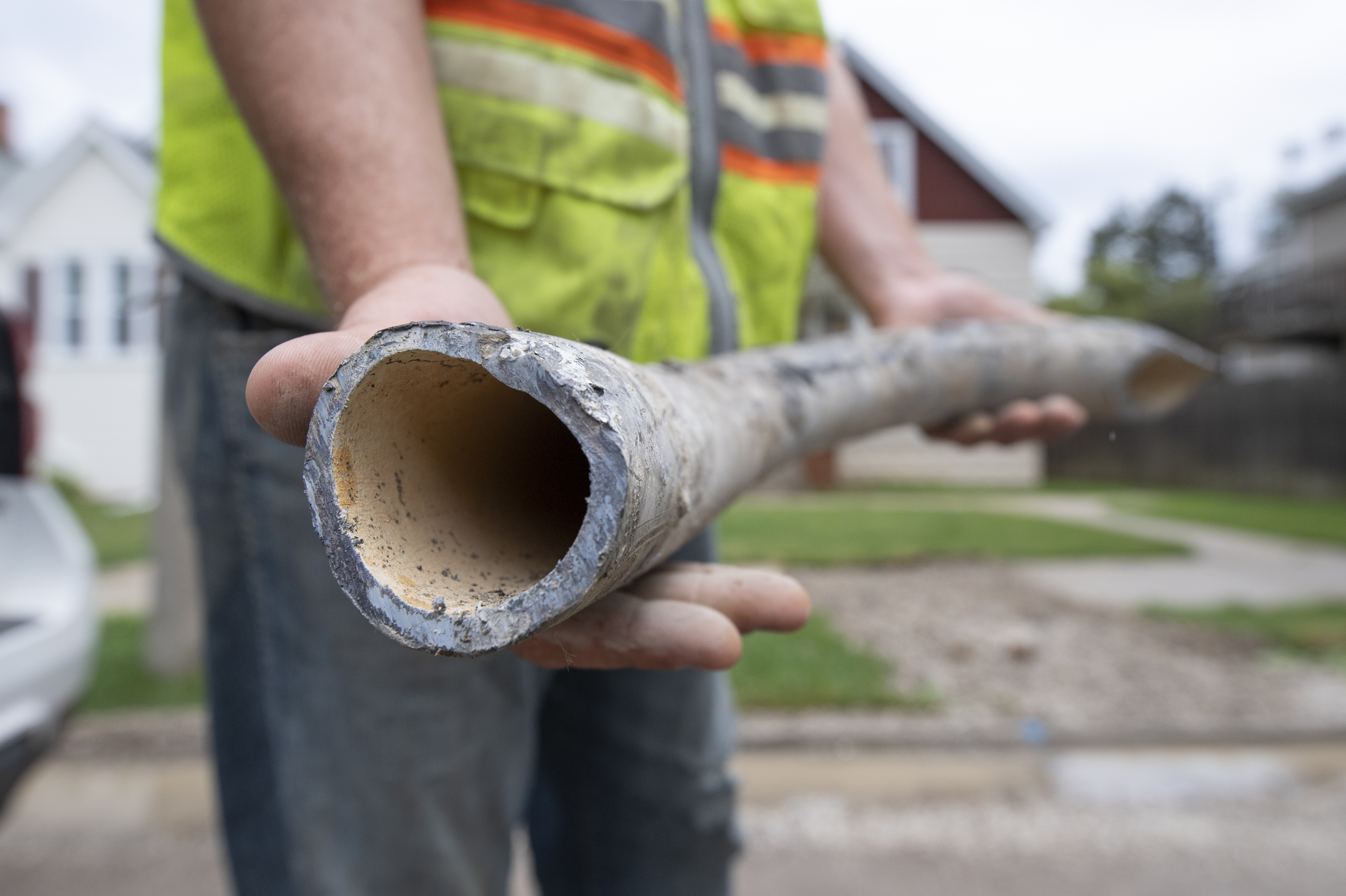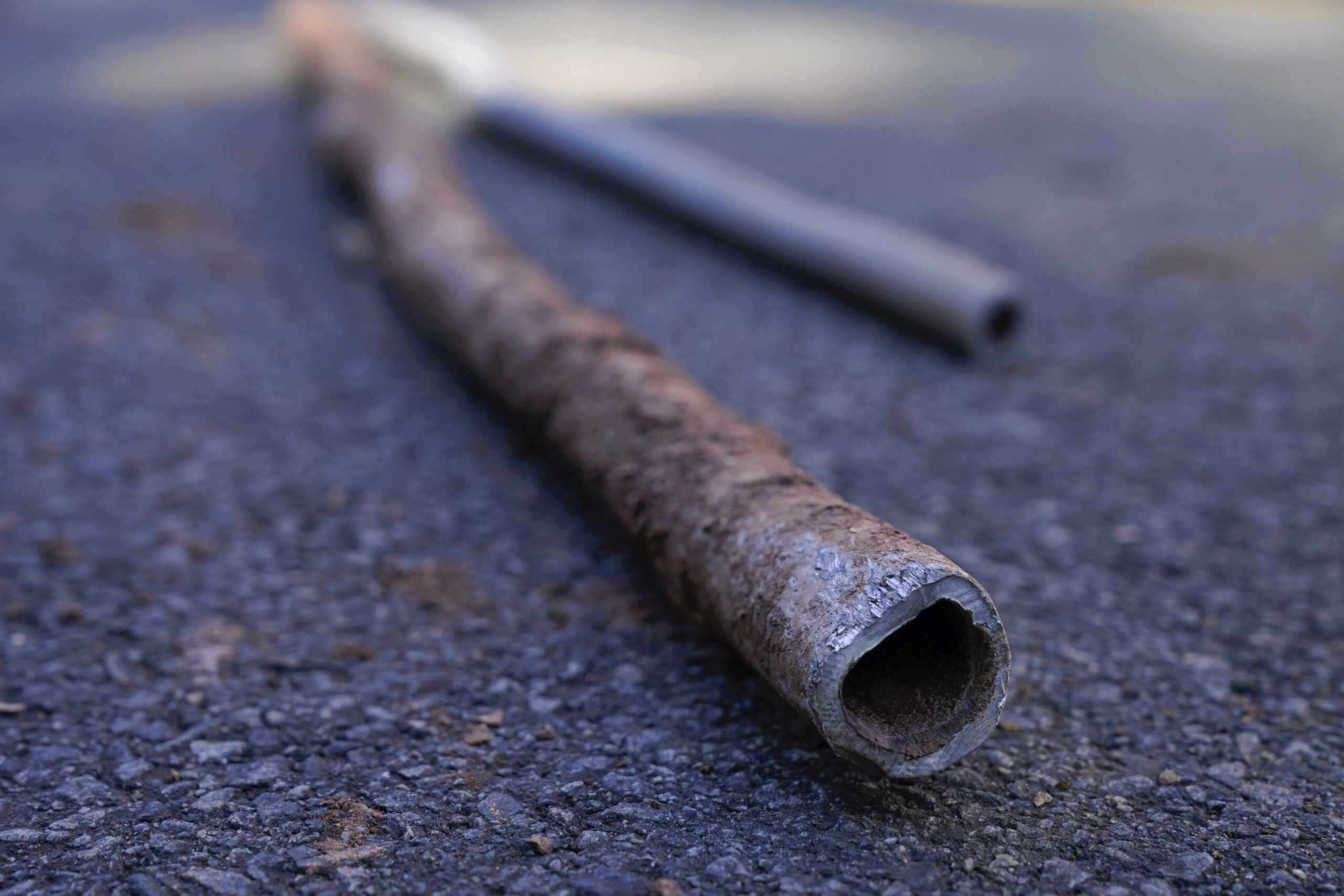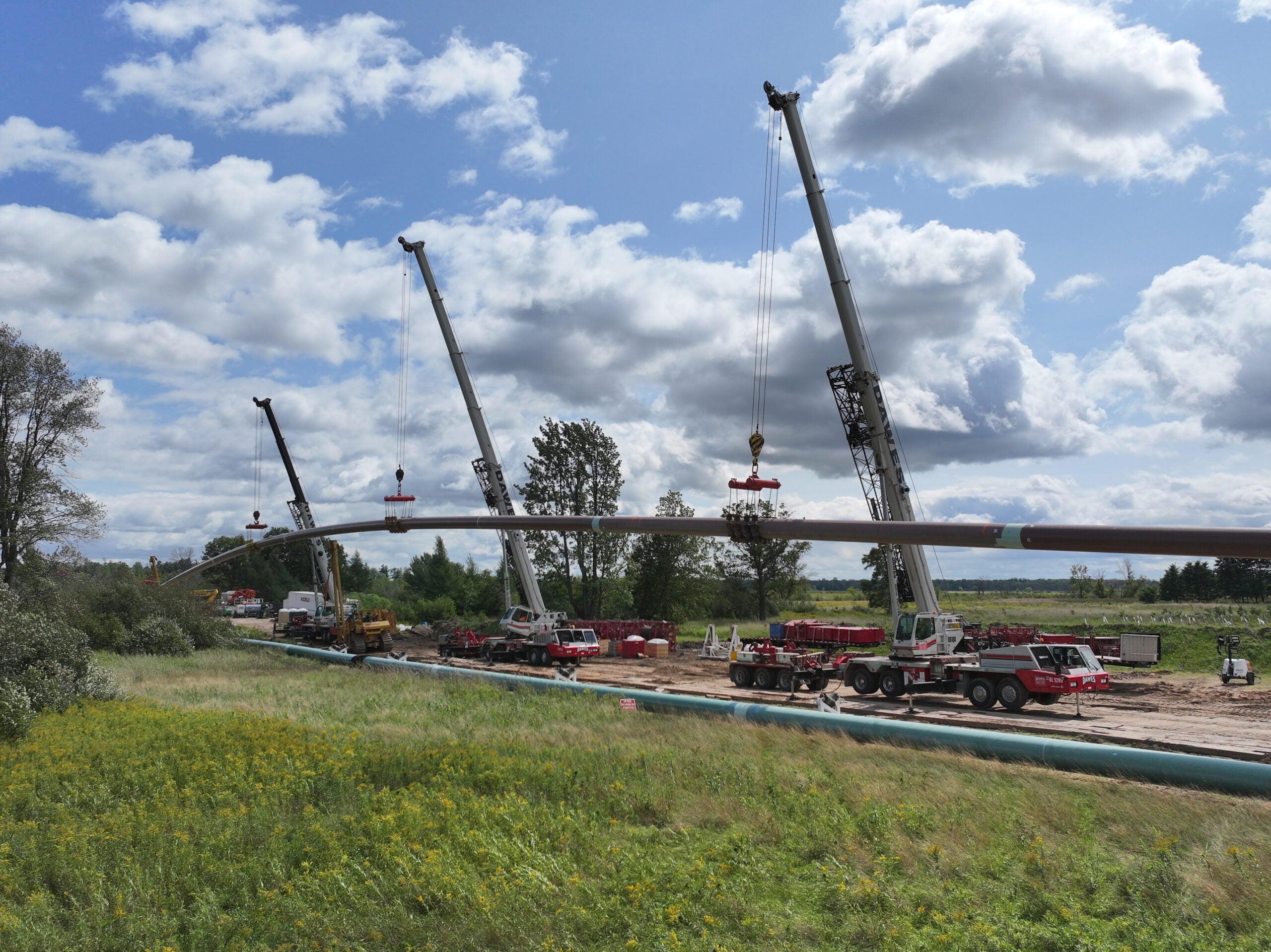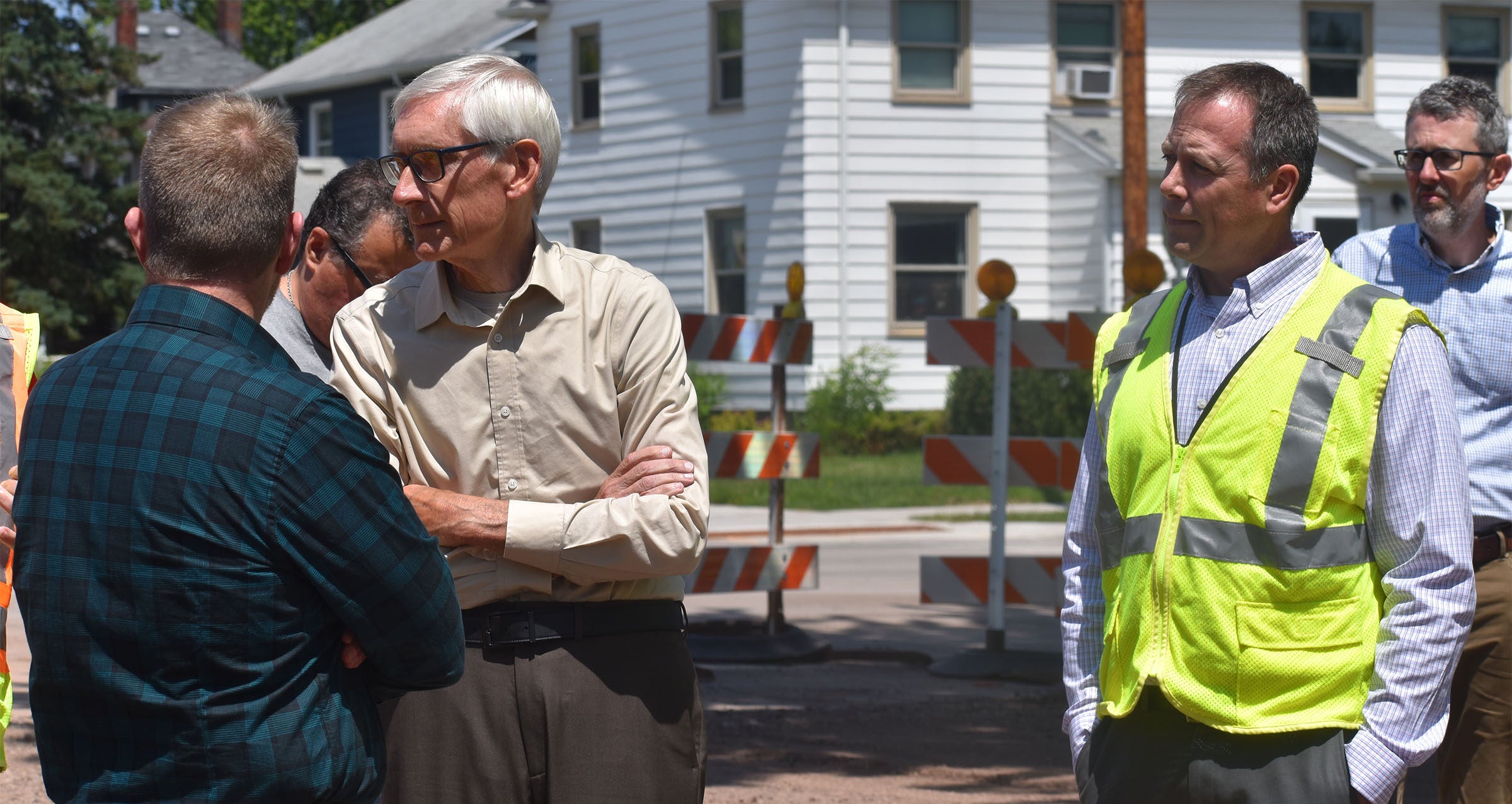Wisconsin’s efforts to eliminate lead pipes is getting a boost from federal funding, with the state expected to receive $48 million next year to replace lead water service lines.
The money is part of a $841 million package from Infrastructure Investment and Jobs Act to improve water infrastructure in the state.
According to Public Service Commission data, there were 173,052 lead service lines across the state in 2020.
News with a little more humanity
WPR’s “Wisconsin Today” newsletter keeps you connected to the state you love without feeling overwhelmed. No paywall. No agenda. No corporate filter.
More than 40 percent of those were in Milwaukee. Since 2017, the city has replaced 4,952 pipelines, but limited funding and labor shortages have hindered progress.
“The bipartisan infrastructure law will help pick up the pace of this work so that we can replace more lead service lines each and every single year, and allow us to expand our program beyond its current limitations,” Milwaukee Mayor Cavalier Johnson said at a press conference Wednesday.
Johnson said no amount of lead in the body is safe. Even exposure to small amounts can lead to serious health problems.
“Lead accumulates in the body over time, and it’s got serious negative health effects, especially on our youngest residents,” he said.
Children under 6 who are exposed to lead have a higher chance of developing lifelong issues, including brain damage, slowed growth, difficulty in school and lowered IQ.
“My son was hospitalized not once, but twice due to lead poisoning,” said Deanna Branch, a member of the Coalition on Lead Emergency and the mother of two children who had lead poisoning. “But I am not alone. So many moms and parents are going through the same thing that I went through.”
She said the issue is especially dire for low-income people and communities of color.
Branch’s children are two of many to be harmed by lead. In a 2020 test of about 65,000 children under 6 in the state, 3.3 percent tested above 5 micrograms per deciliter – an amount associated with decreased intelligence and behavioral difficulties. In Milwaukee County, about 5.5 percent tested above that level.
This funding still isn’t enough, said Get the Lead Out Coalition Steering Committee member Robert Miranda. In Milwaukee alone, the Public Service Commission estimated it will cost $750 million to replace the city’s lead service lines. Miranda said it’s crucial to act now, because the problem is bound to get worse.
“These pipes have a life expectancy of 60 to 70 years,” he said. “The pipes we have in the state and in Milwaukee especially have passed that expiration date two-fold, and as they continue to get older, the particulate matter that is released increases and the danger to the community increases as well.”
Some cities in the state have successfully eliminated lead pipelines. Madison successfully replaced all 8,000 known lines with copper pipes. In 2020, Green Bay completed a five-year project to remove more than 2,000 pipelines.
Editor’s note: This story has been updated to clarify the amount of federal water infrastructure funding devoted to lead pipe replacement.
Wisconsin Public Radio, © Copyright 2026, Board of Regents of the University of Wisconsin System and Wisconsin Educational Communications Board.




